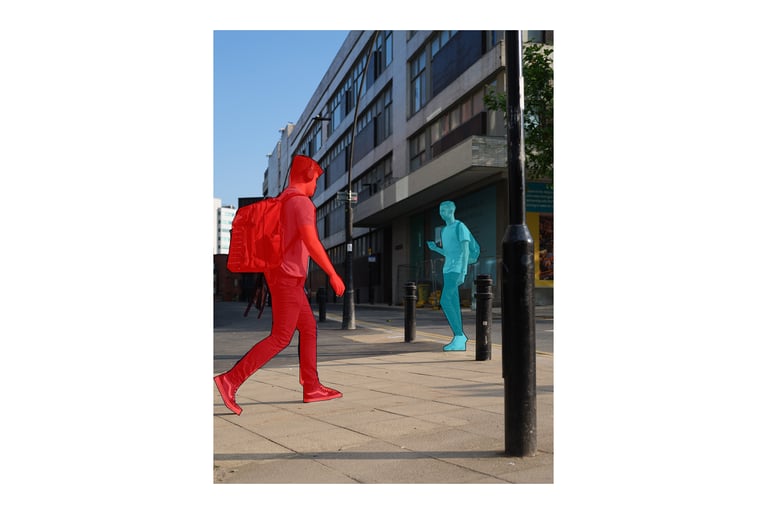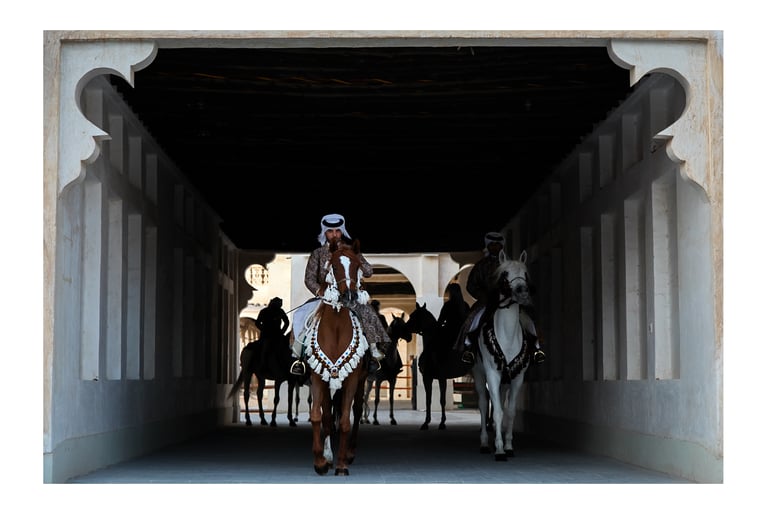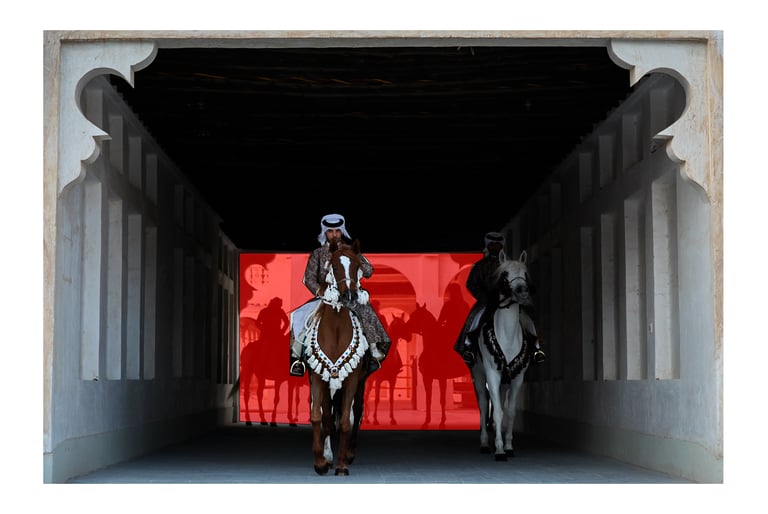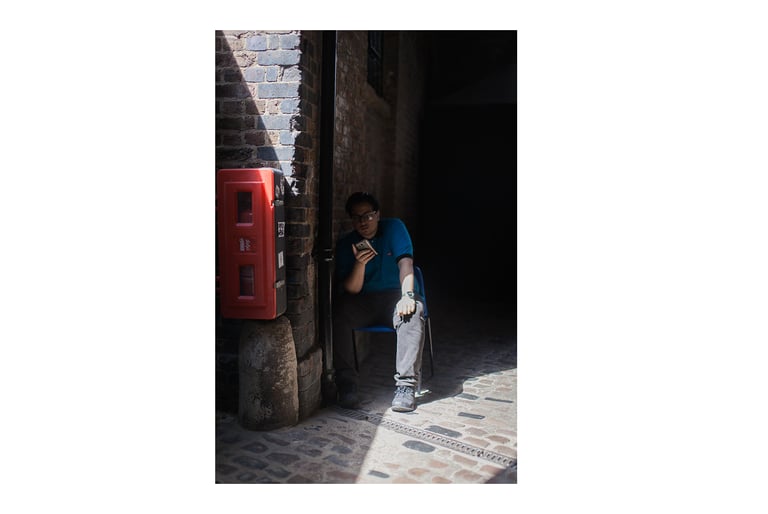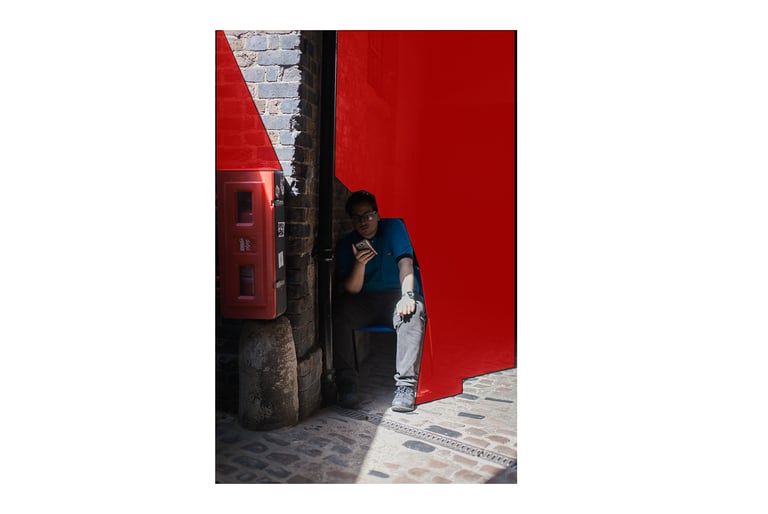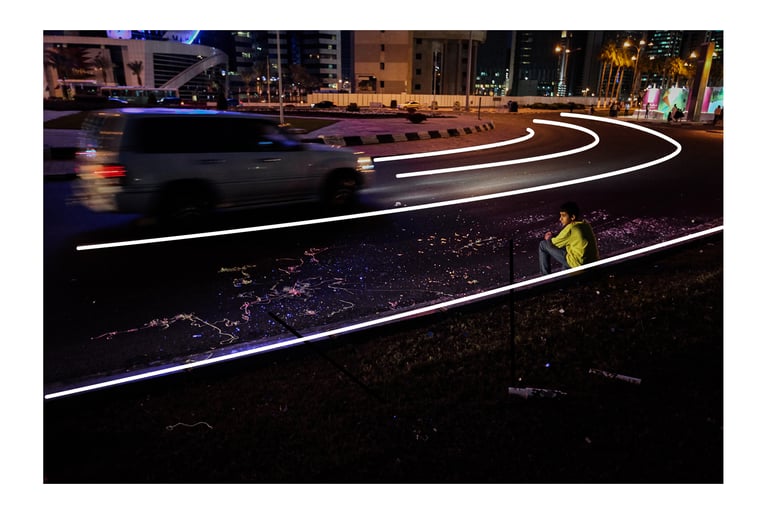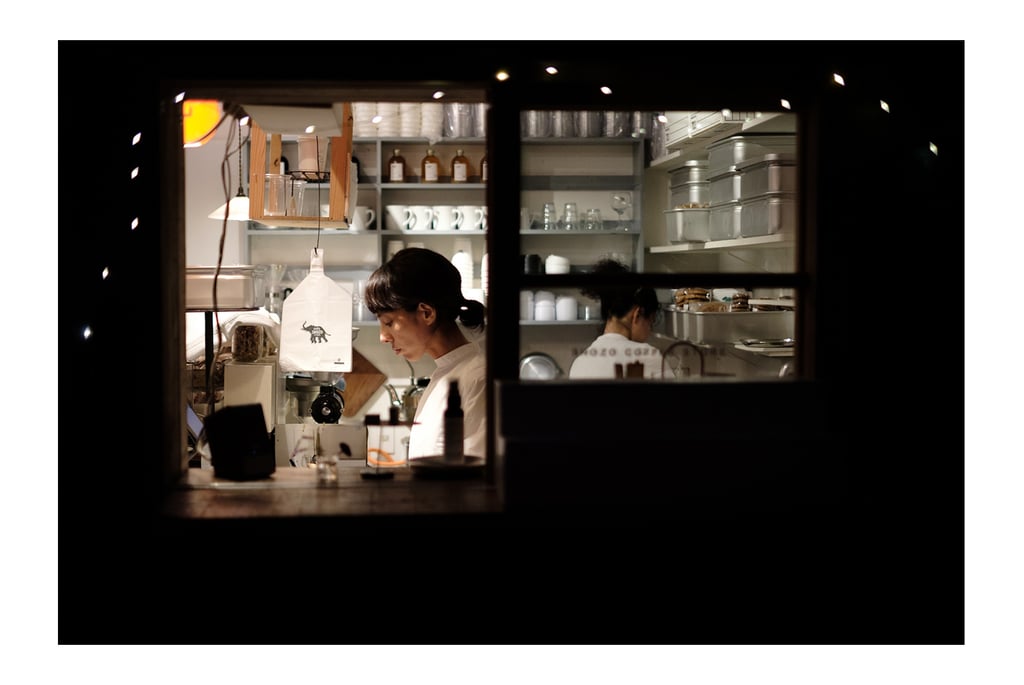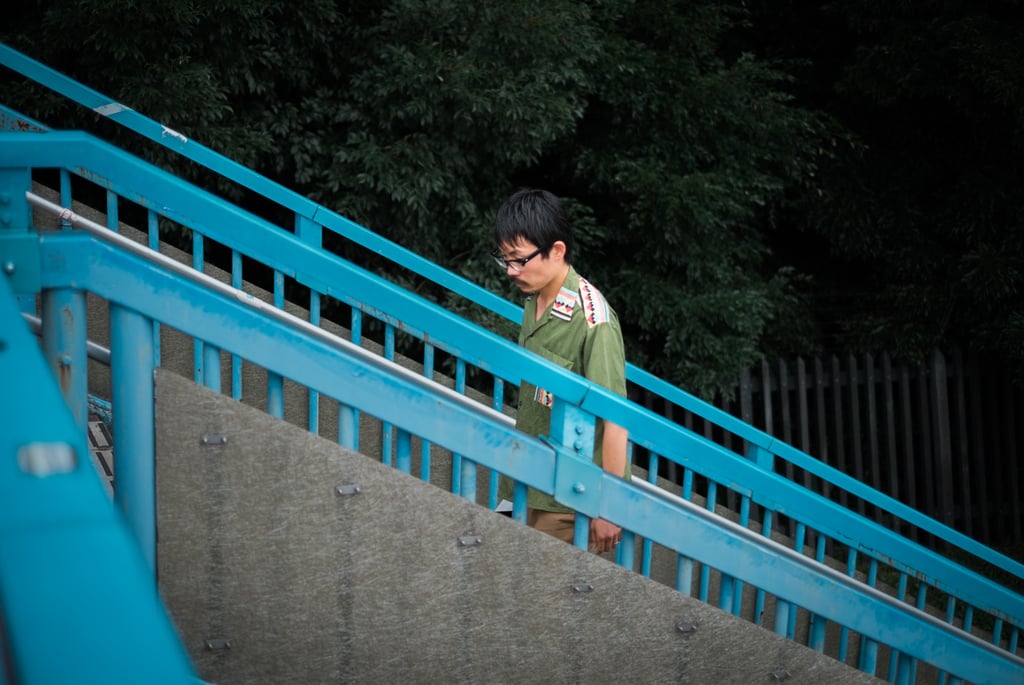Photography Composition Rules | Balancing Technique & Creativity
In this guide, we’ll cover the key principles of photographic composition—starting with the technical basics, moving on to creative framing methods, and finishing with ways to convey emotion and narrative through your images. By combining solid technique with thoughtful storytelling, you’ll learn how to turn individual shots into compelling visual stories.
PHOTOGRAPHYPLAYBOOKS
The Essence of Composition: More Than Meets the Eye
Before we dive into the intricate world of photographic composition, I want you to know that this journey we're about to embark on together is one of both technical precision and creative freedom. I hope this post helps guide you through the rules that have shaped photography for generations, while encouraging you to find your unique visual voice. Composition is where the science of photography meets its soul – it's how we arrange elements within our frame to not just capture what we see, but to express what we feel.
Composition in photography isn't simply about what appears within the borders of your image – it's about how these elements are deliberately arranged to guide the viewer's eye and tell a compelling story. When we talk about composition, we're discussing the visual language that allows photographers to transform ordinary scenes into extraordinary images.
At its core, composition refers to the way various elements in a scene are arranged within the frame. This arrangement isn't arbitrary; it's a conscious decision that affects how viewers perceive and interact with your photograph. Good composition creates balance, directs attention, conveys emotion, and ultimately transforms a simple snapshot into a thoughtful piece of visual storytelling.
Remember that while we'll explore many "rules" in this post, photography thrives on creative interpretation. These guidelines have stood the test of time because they work with our natural visual perception, but they're meant to be understood, respected, and occasionally, purposefully broken.
Photography composition lives in the delicate balance between exacting technique and gut instinct. Early on, applying the “rules” can feel as deliberate as sketching grid lines or tallying visual elements—but that’s part of the process. Over time, these guidelines recede into your muscle memory, and composing an image becomes as natural as breathing—your eye begins to find harmony without conscious calculation.
1 :: Foundational Composition Techniques
The Rule of Thirds: Balance Through Division
Perhaps the most well-known compositional guideline is the rule of thirds. Imagine your frame divided into nine equal rectangles, created by two horizontal and two vertical lines[17]. The rule suggests placing your key elements along these lines or at their intersections, creating a more engaging and balanced image than simply centring your subject.
Why does this work so well? Psychologically, it creates a sense of dynamic tension and interest. The slightly off-centre placement feels natural yet intentional, much like how we naturally observe the world.
However, we should "beware the rule of thirds" as a cure-all solution. While valuable, strict adherence can sometimes create an imbalance with too much empty space on one side. Remember to consider your entire frame holistically. Aha, but the plot thickens even further, for even then, having a lot of empty space on one side can be used to your advantage. This is why it is important to learn the rules, so you know how and when to break them.
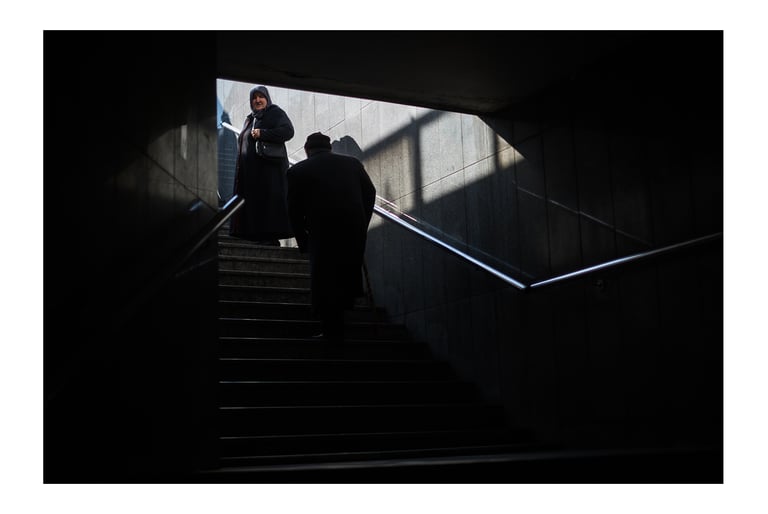

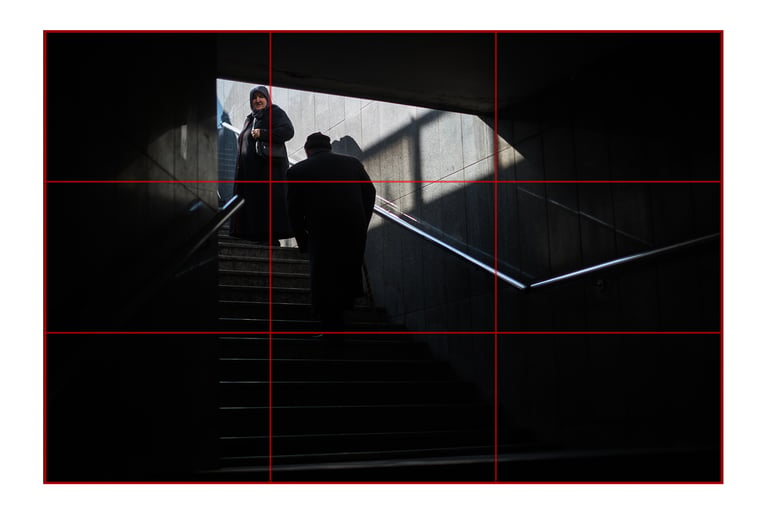

Negative Space: The Power of Nothing
One of my favourite techniques to teach is the artful use of negative space – the empty areas surrounding your subject. In negative space photography, these areas aren't just background; they're an integral part of the composition that gives definition and emphasis to your subject.
When working with negative space, aim for it to occupy at least 50% of your frame for maximum impact. Notice how a single figure in a vast landscape creates not only scale but also evokes powerful emotions like solitude or freedom. The emptiness speaks volumes about your subject's context and significance.
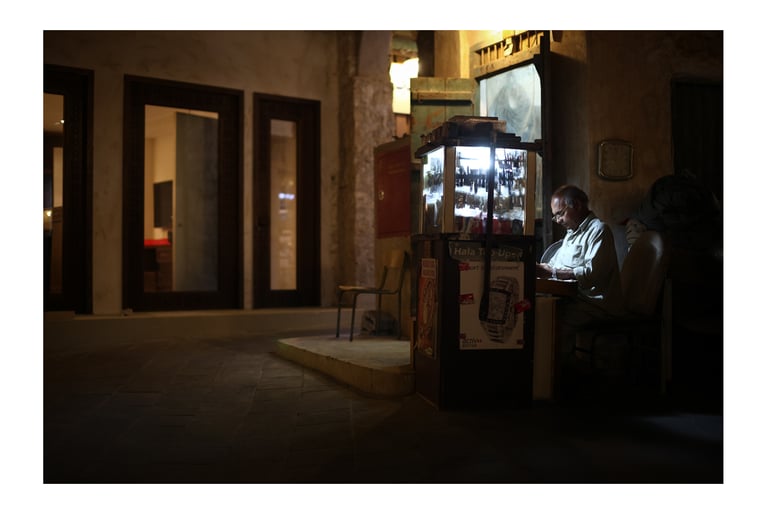

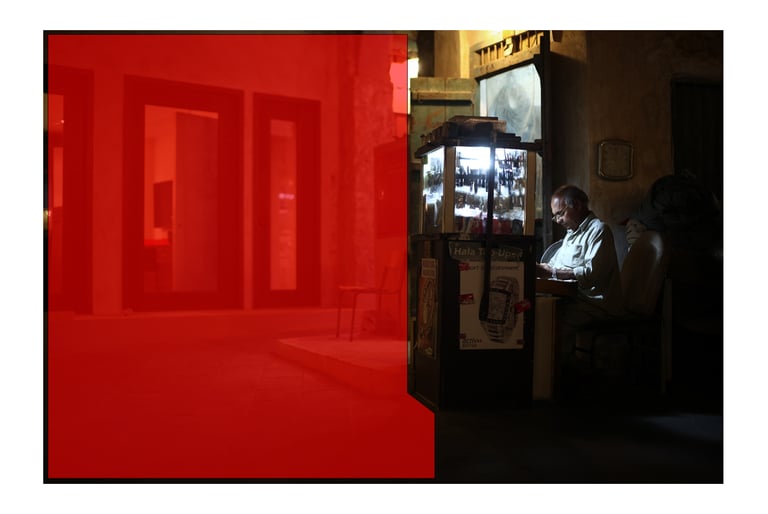

The Rule of Space: Room to Breathe
One of my favourite techniques to teach is the artful use of negative space – the empty areas surrounding your subject. In negative space photography, these areas aren't just background; they're an integral part of the composition that gives definition and emphasis to your subject.
When working with negative space, aim for it to occupy at least 50% of your frame for maximum impact. Notice how a single figure in a vast landscape creates not only scale but also evokes powerful emotions like solitude or freedom. The emptiness speaks volumes about your subject's context and significance.


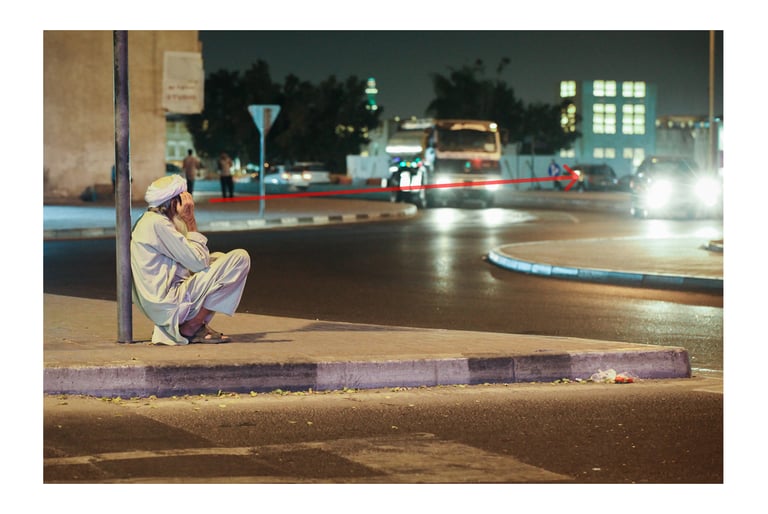

Leading Lines: Guiding the Eye
Our eyes naturally follow lines within an image. By thoughtfully incorporating leading lines in your composition, you can create a visual journey that pulls viewers into your photograph and guides them toward your intended focal point.
These lines come in many forms – straight, diagonal, curvy, zigzag – and each creates a different feeling and flow. Roads stretching to the horizon, a winding river, converging architectural lines, or even implied lines created by a sequence of objects can all serve as powerful compositional tools.
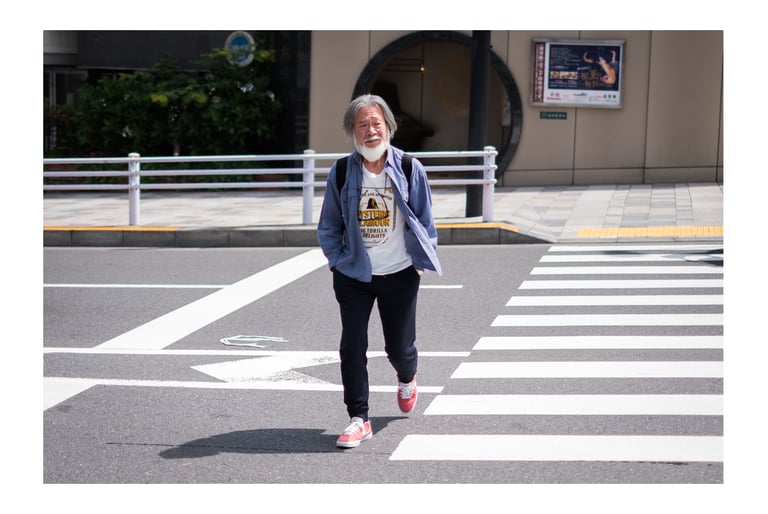

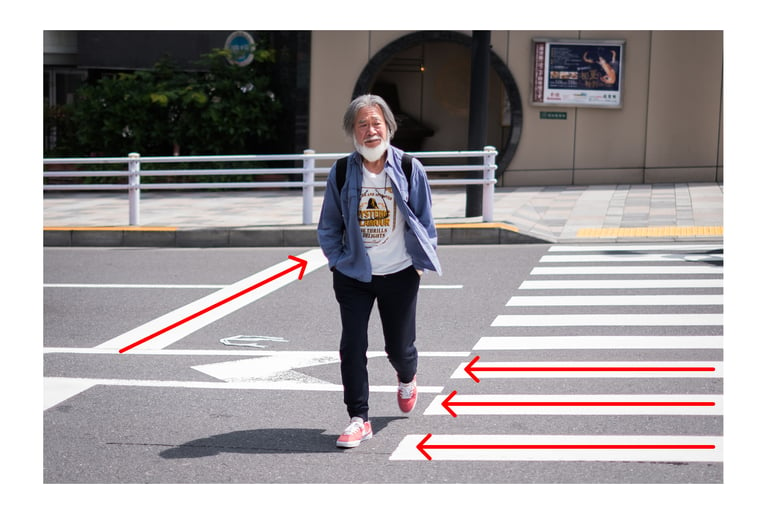

Symmetry, Patterns, and Balance
We're naturally drawn to symmetry and patterns, both in nature and man-made environments. These elements can create visually striking compositions, especially when you find ways to break the pattern for emphasis.
Balance in composition doesn't necessarily mean symmetry. You can create balance by distributing "visual weight" across your frame. When placing your main subject off-centre (as with the rule of thirds), you might need to balance it with a secondary element on the opposite side. Remember that darker tones, saturated colours, and areas of high contrast all have greater visual weight than lighter, less saturated, or low-contrast areas.
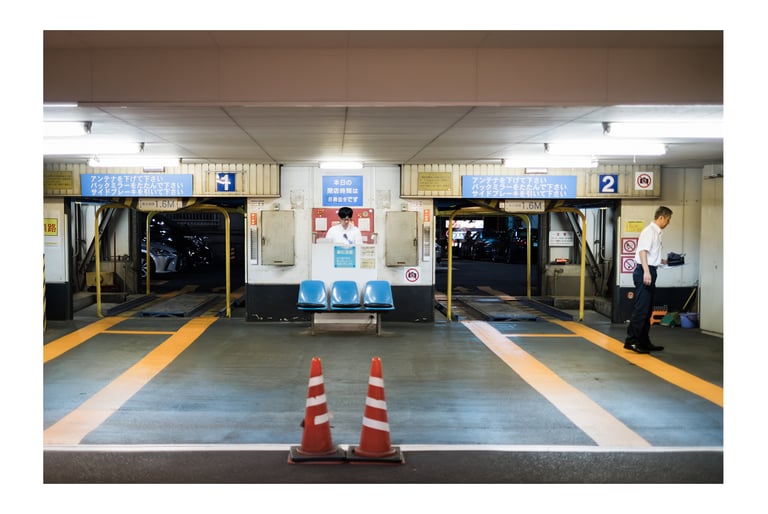

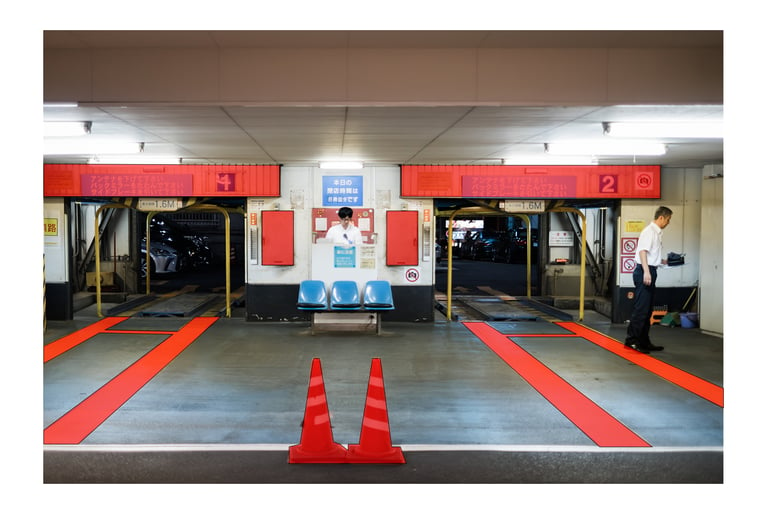

The Golden Triangle: Dynamic Diagonal Composition
For images that need more energy and dynamism, consider the golden triangle composition. Unlike the rule of thirds' grid of rectangles, the golden triangle uses diagonal lines that form right-angle triangles as compositional guides.
To visualise this, imagine drawing a diagonal line from one corner of your frame to the opposite corner. Then, from the remaining corners, draw lines that meet the diagonal at right angles. The intersections of these lines become key points for subject placement. This technique works wonderfully for images with strong diagonal elements or when you want to create a sense of movement and energy.
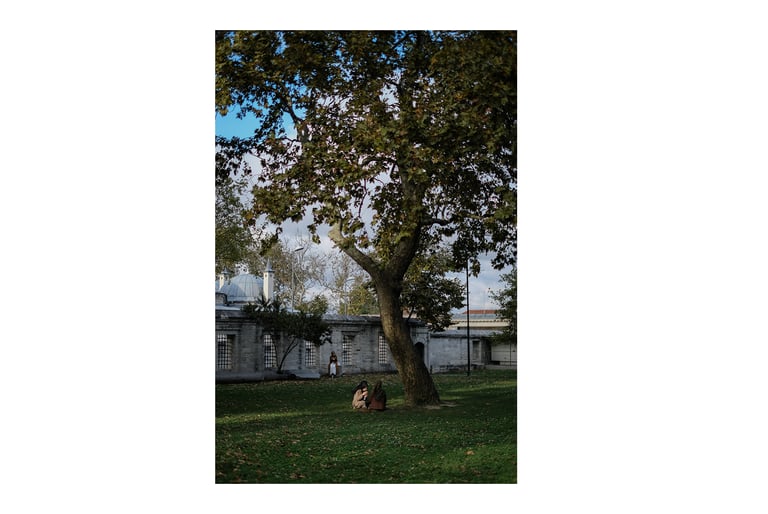

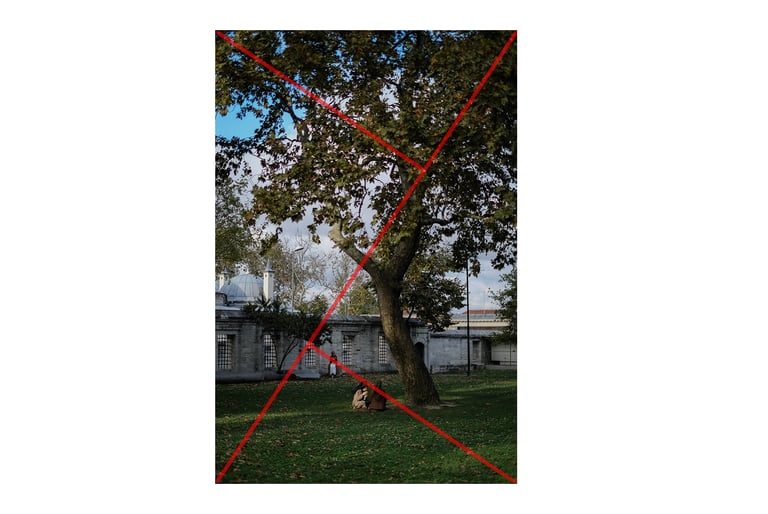

Framing Within the Frame
One of the most effective ways to direct attention to your subject is to use natural elements in the scene to create a frame within your photographic frame. Doorways, windows, arches, tree branches, or any surrounding elements can serve as natural frames that draw the viewer's eye to your main subject while adding context and depth.
This technique highlights your subject and creates layers in your image, adding a three-dimensional quality to the two-dimensional medium of photography. It invites viewers to look "through" one element to discover another, creating a more engaging visual experience.
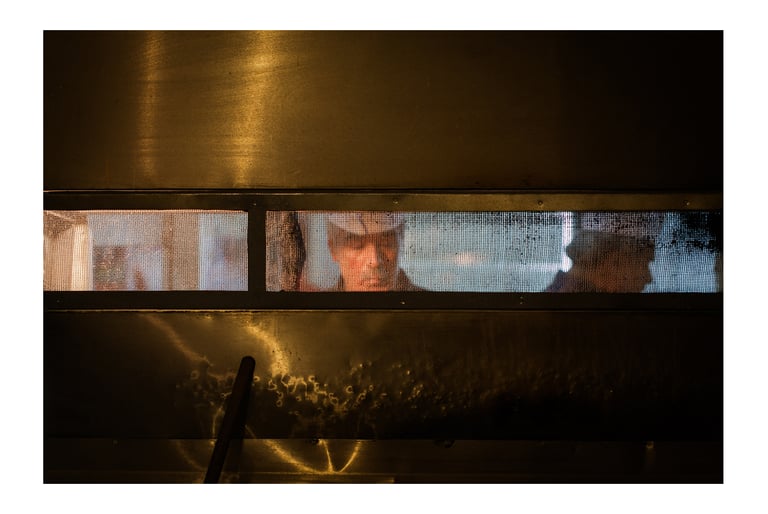

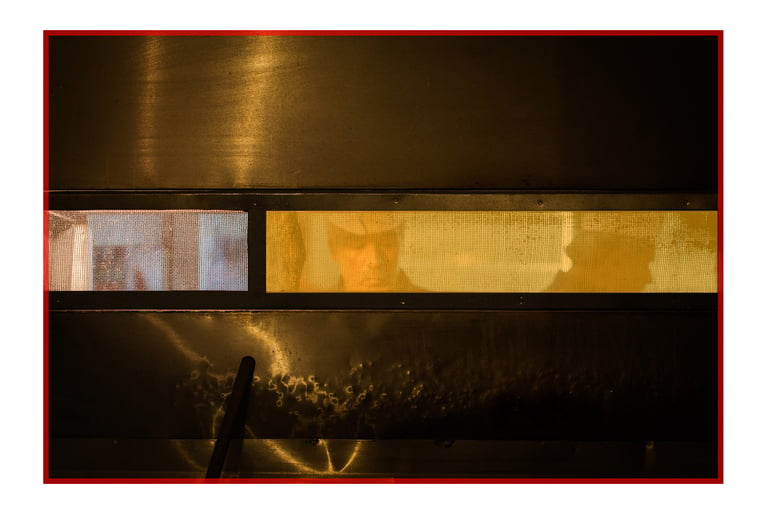

2 :: Advanced Compositional Considerations
Depth and Dimension
Creating a sense of depth transforms flat images into immersive visual experiences. Incorporating distinct foreground, middle ground, and background elements helps achieve this three-dimensional quality.
When composing, ask yourself: How can I include elements at different distances to create layers? What foreground elements might frame or contextualise my main subject? How can I use perspective to enhance the sense of space?
Viewpoint and Perspective
Where you stand in relation to your subject dramatically affects your composition. Changing your position – getting low to the ground, finding an elevated vantage point, or moving to the side – can transform an ordinary scene into something extraordinary.
The viewpoint you choose conveys not just what you see, but how you see it. A bird's-eye view can render subjects small within their environment, while a worm's-eye view can make them appear imposing and powerful. These choices aren't merely technical – they're philosophical statements about your relationship with your subject and its relationship with the world around it.
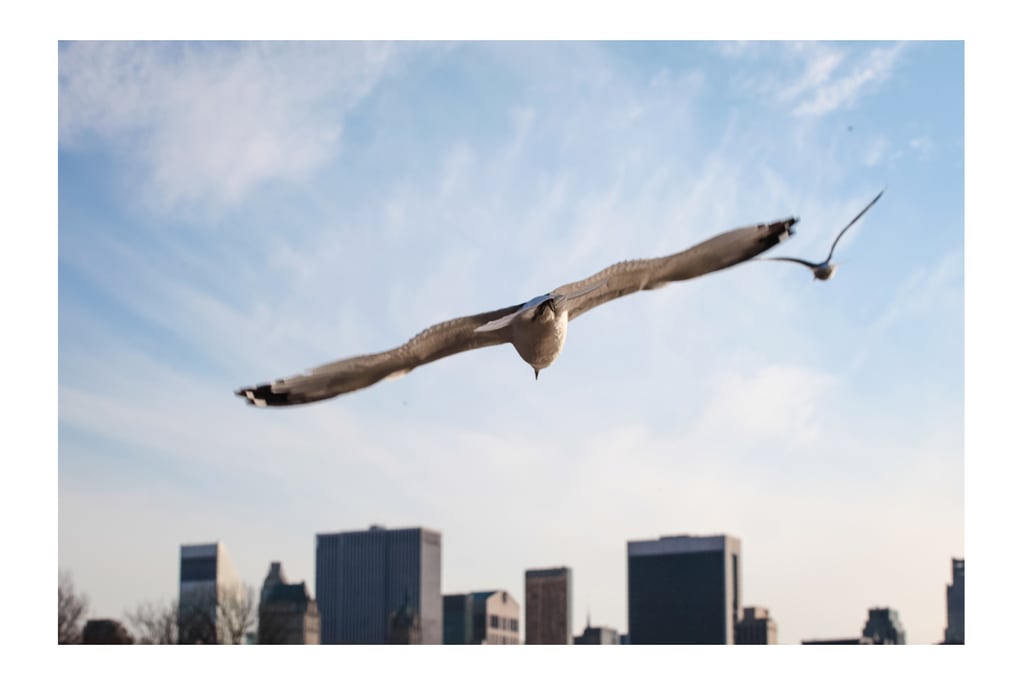

Background Considerations
A thoughtfully chosen background complements your subject rather than competing with it. Before pressing the shutter, take a moment to examine what's behind your subject. Are there distracting elements? Can you change your position to find a cleaner background? Would a shallow depth of field help isolate your subject?
What you choose to exclude from your frame is just as important as what you include. The background should support your main subject, not distract from it.
3 :: The Emotional Language of Composition
Evoking Mood Through Compositional Choices
Each compositional technique carries its own emotional resonance. Centred compositions often convey stability, formality, and strength. Diagonal lines create tension and dynamism. Curves suggest grace and flow. Empty space can evoke feelings of isolation, peace, or contemplation.
When you choose a compositional approach, ask yourself: What emotional response am I trying to evoke? What feeling do I want viewers to experience when they engage with this image?
The Visual Weight of Elements
Composition isn't just about where elements are placed but also about their visual prominence. Darker areas feel "heavier" than lighter ones. Saturated colours carry more visual weight than desaturated ones. Areas of high contrast naturally draw the eye.
Understanding this visual hierarchy helps you create balance and direct attention within your frame. It's not just about where you place elements, but how they relate to each other in terms of their visual impact.
4 :: The Philosophy of Photographic Composition
Breaking Rules With Purpose
Photography thrives on creative tension – the dance between following established principles and breaking them intentionally.
When you understand why compositional guidelines work, you gain the freedom to deviate from them purposefully. Breaking rules without understanding them leads to chaos; breaking them with intention leads to innovation and personal expression.
Composition as Visual Poetry
At its most profound level, composition is the poetry of visual communication. Just as poets carefully select and arrange words to convey meaning beyond their literal definitions, conscious of the visual and oral weight of each word, photographers arrange visual elements to speak to deeper truths and emotions.
Your compositional choices reveal not just what caught your eye, but how you see the world. They are expressions of your unique perspective – what you value, what moves you, what stories you find worth telling.


5 :: Practical Approaches to Improving Composition
Simplify and Clarify
One of the most powerful compositional techniques is simply removing distractions. Before pressing the shutter, scan the edges of your frame for unwanted elements. Ask yourself: Does every element in this frame contribute to my intended message? Does a noisy frame add to the story, or would I be better off cleaning it up a bit?
When in doubt, simplify. A clean, uncluttered composition with a clear focal point often creates more impact than a busy, complex one.
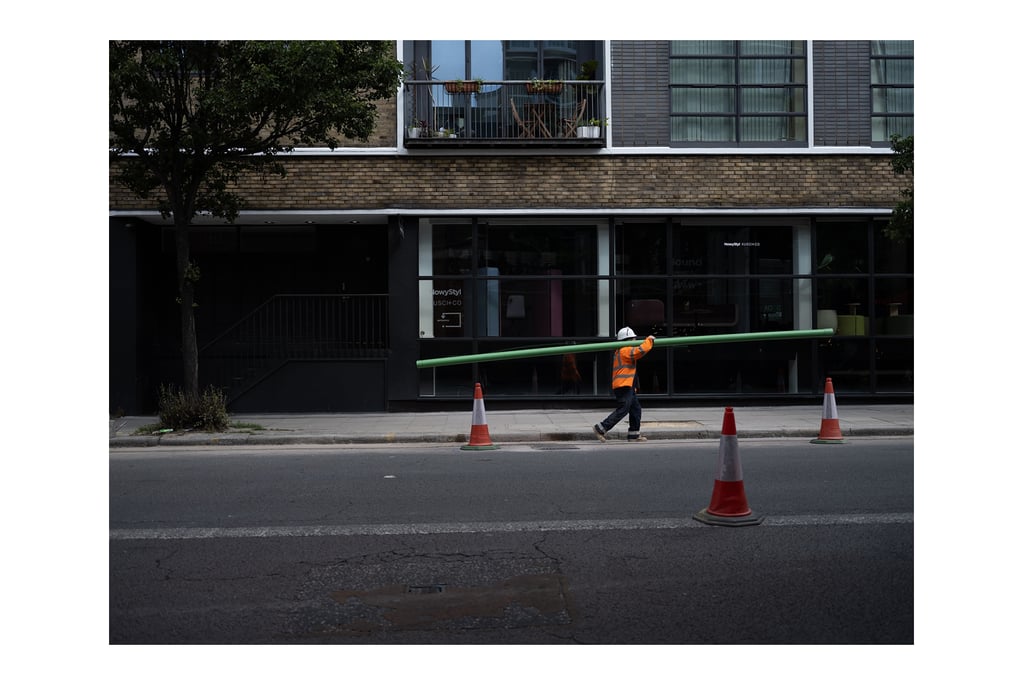

Think Conceptually
Strong compositions aren't just visually pleasing – they communicate ideas. Before shooting, ask yourself: What is this image about? What am I trying to say? Let your concept drive your compositional choices rather than applying techniques arbitrarily.
Work in Post-Production
While it's always best to compose thoughtfully in-camera, post-processing gives you additional opportunities to refine your composition. Cropping, adjusting contrast to direct attention, or even removing distracting elements can all enhance your initial compositional vision.
Finding Your Compositional Voice
As we conclude this exploration of photographic composition, remember that these rules and guidelines are meant to serve your vision, not constrain it. The journey to improving composition is both technical and deeply personal. It requires understanding these principles so thoroughly that they become second nature, allowing your intuitive, emotional response to take centre stage.
Composition isn't just about arranging elements pleasingly – it's about arranging them in a way that reflects your unique way of seeing the world. It's about finding the visual language that allows you to tell the stories that only you can tell.
Practice these techniques until they become intuitive. Study the work of your favourite photographers to understand how they use composition to express their vision. But most importantly, shoot regularly and reflectively, developing an awareness of what draws your eye and how you can best translate that attraction into compelling images.


